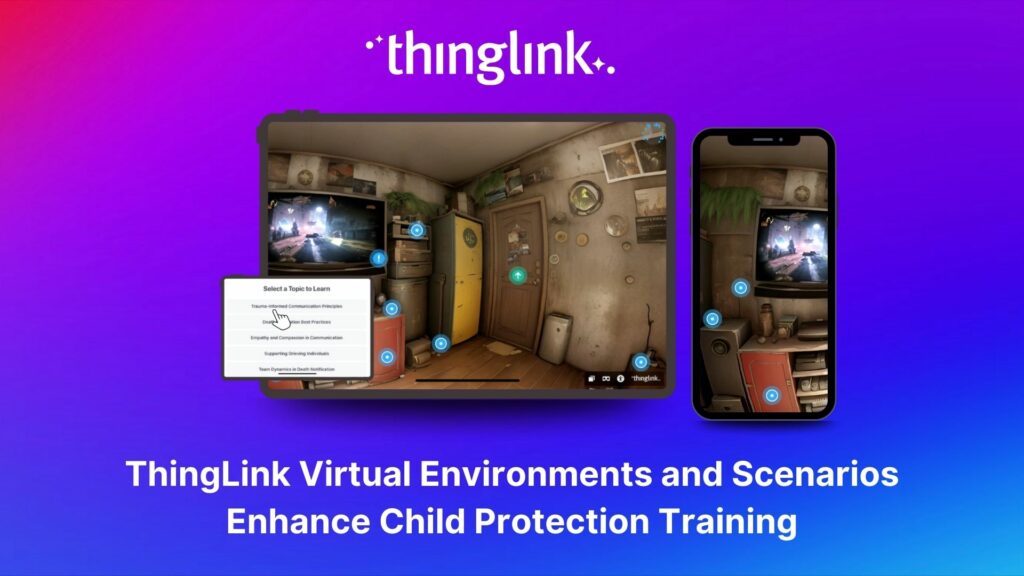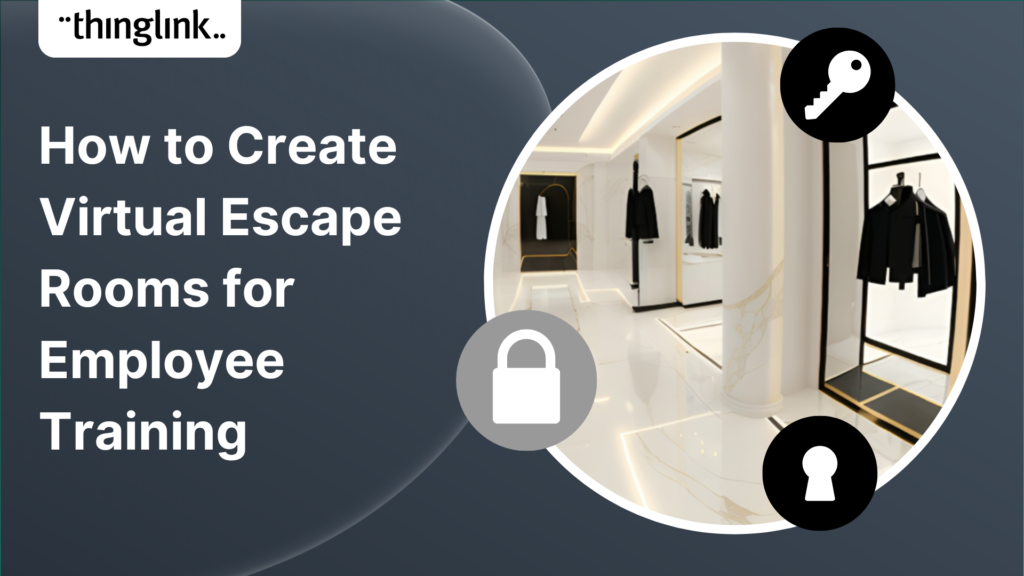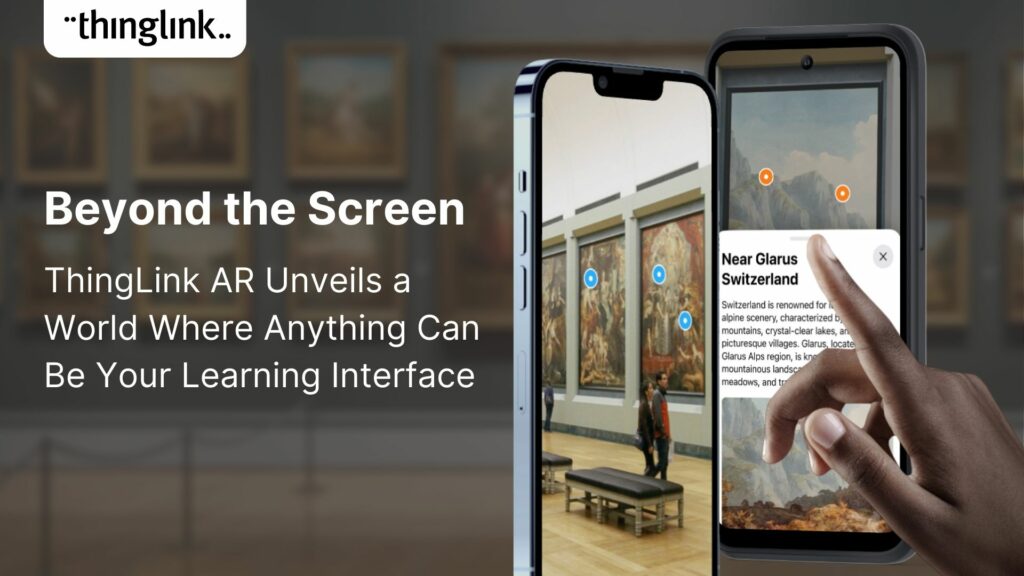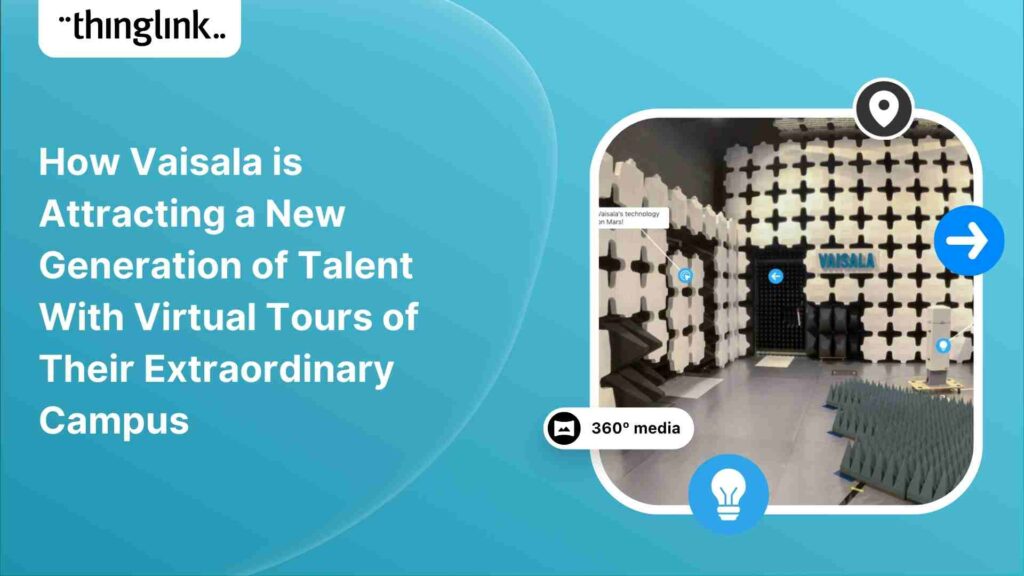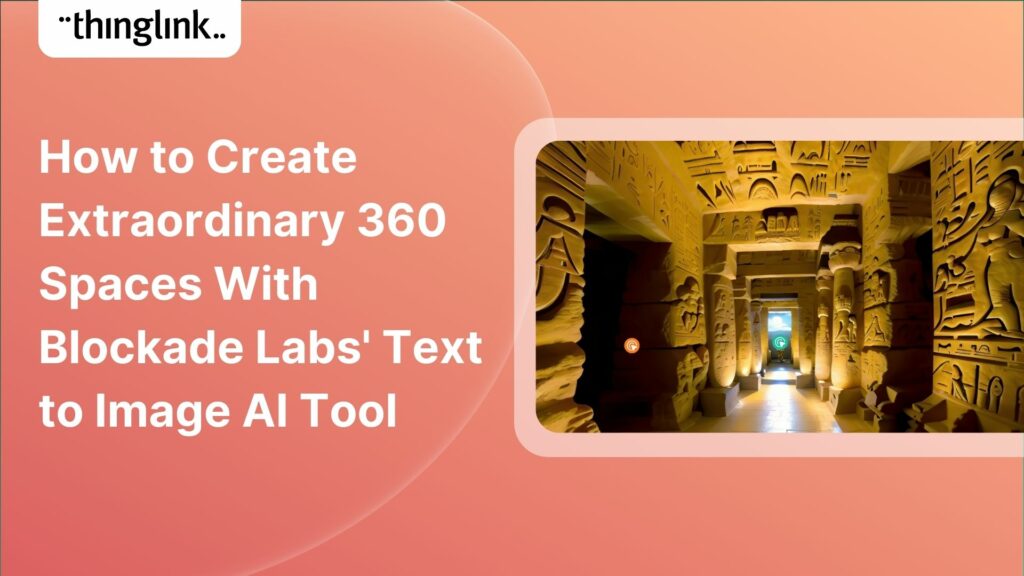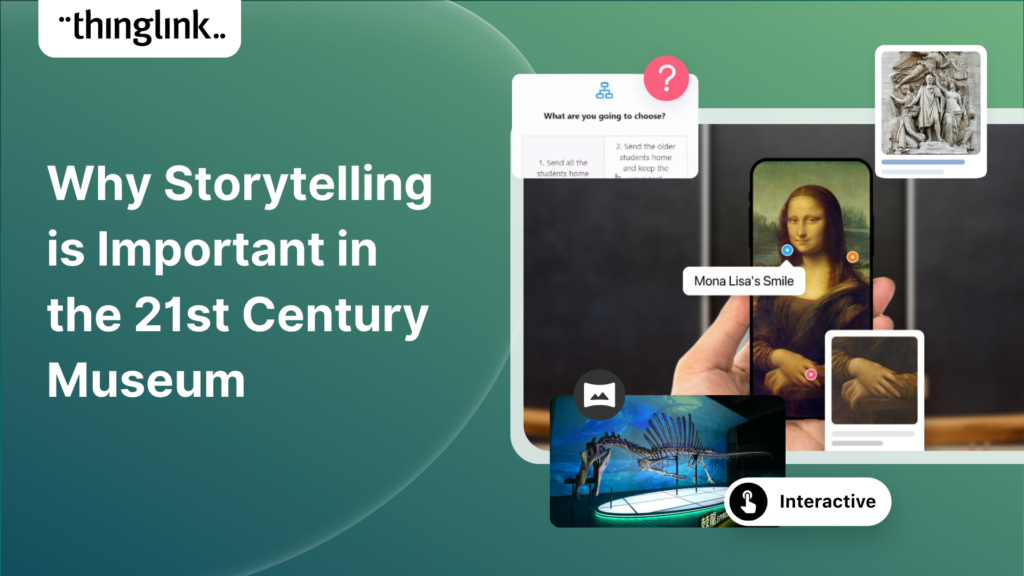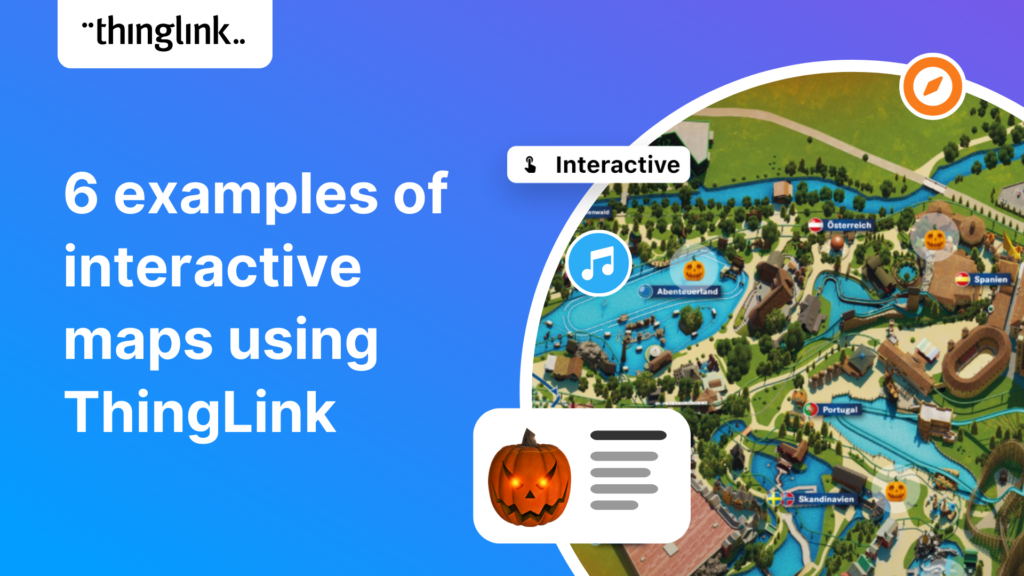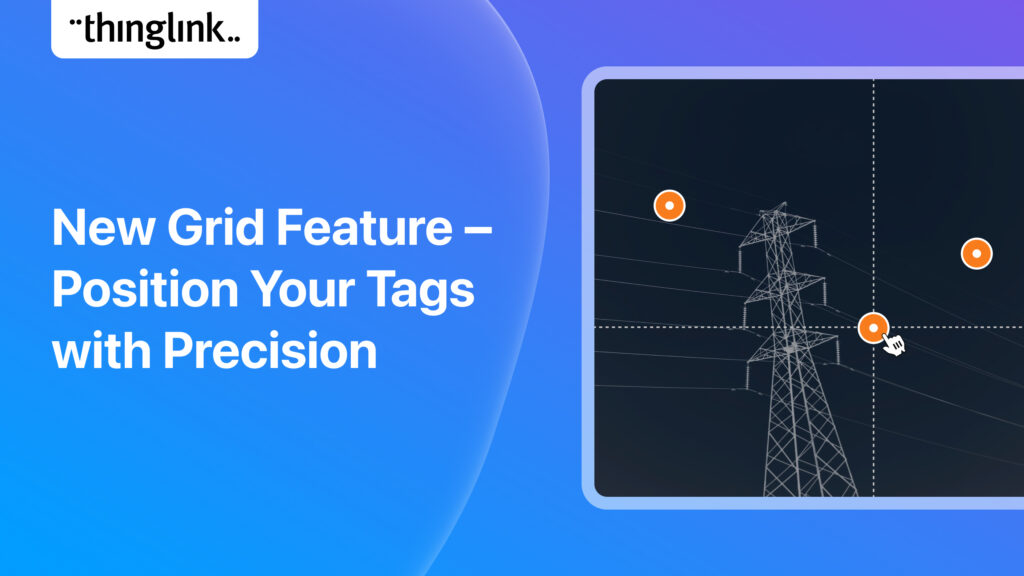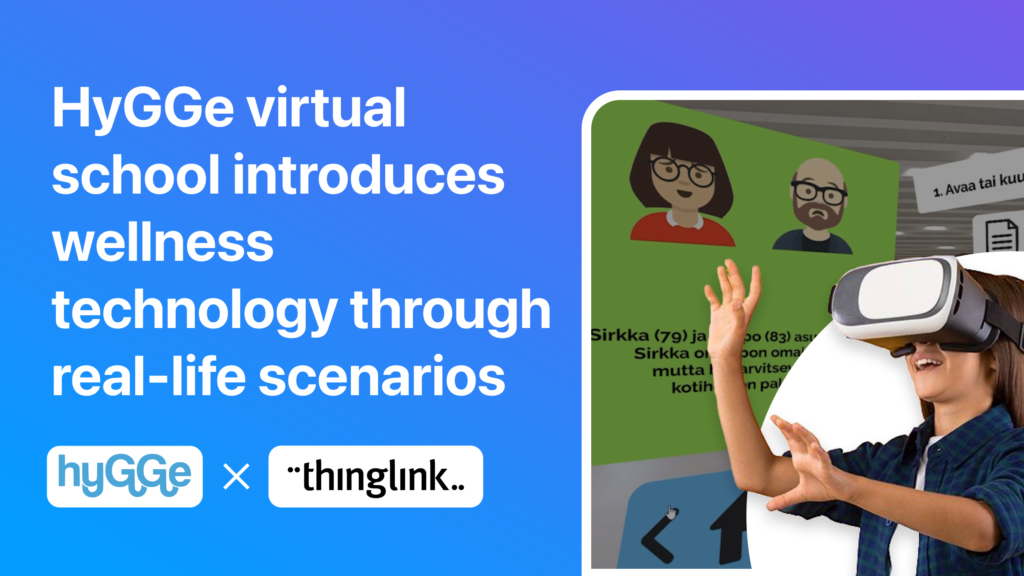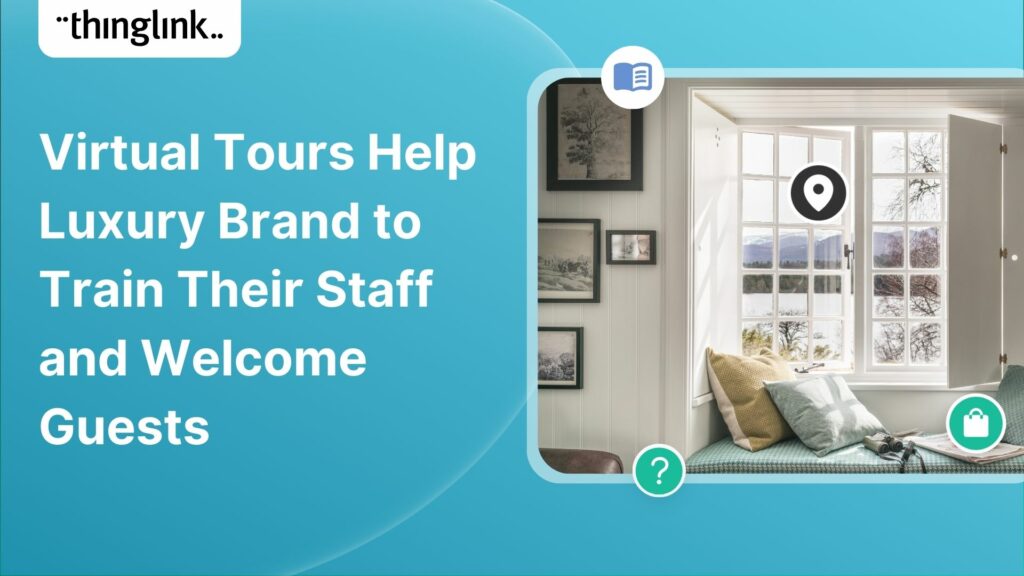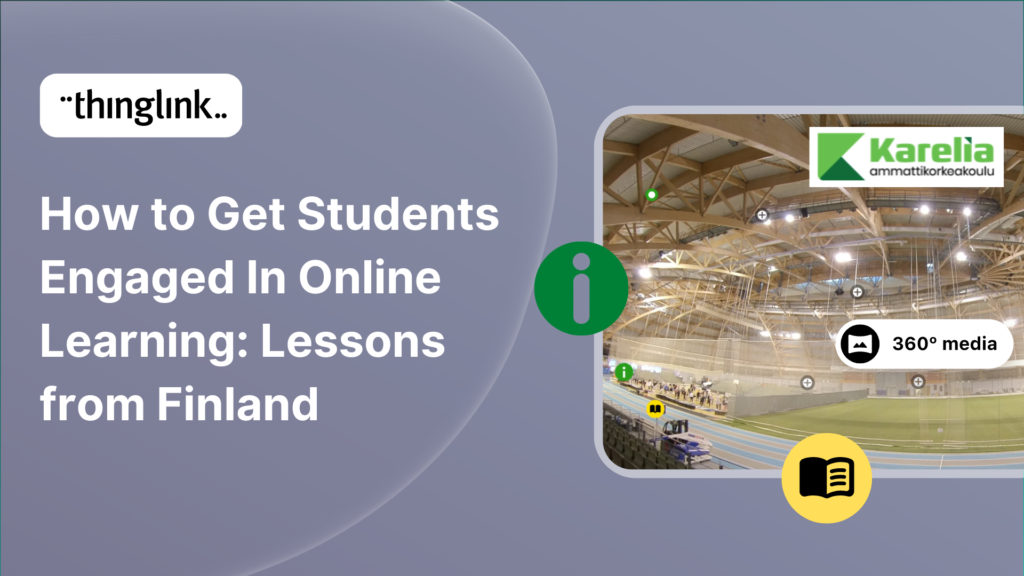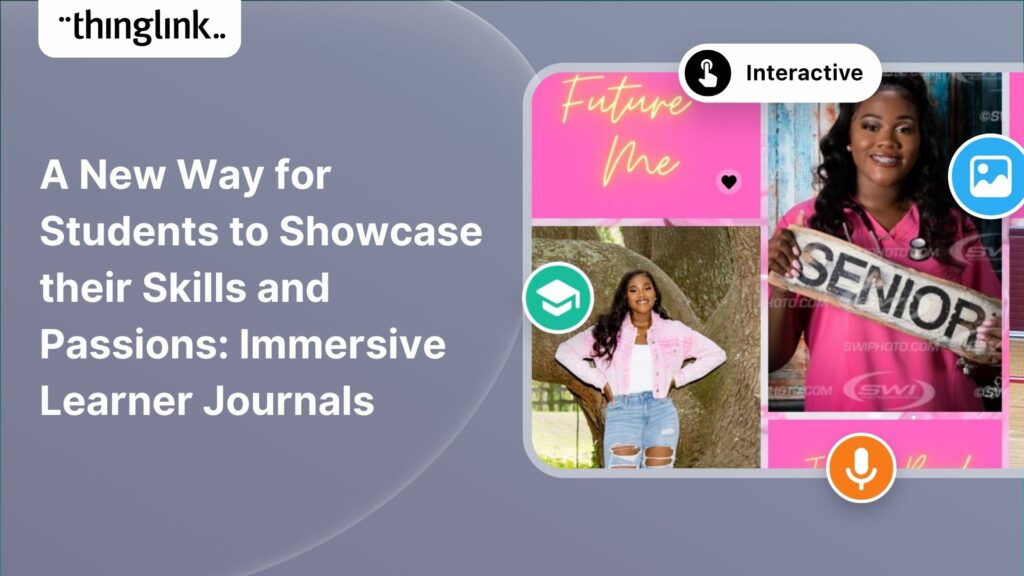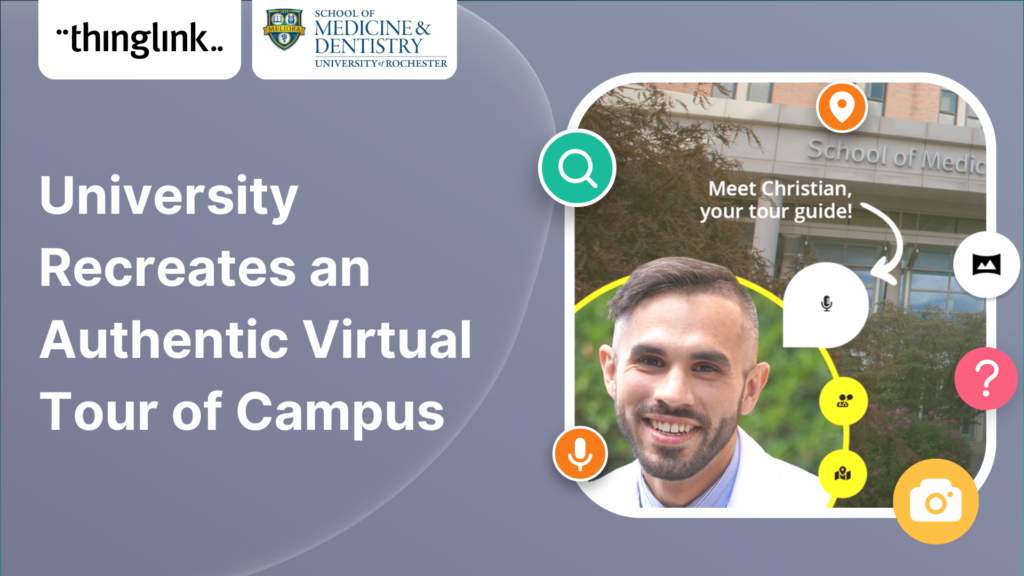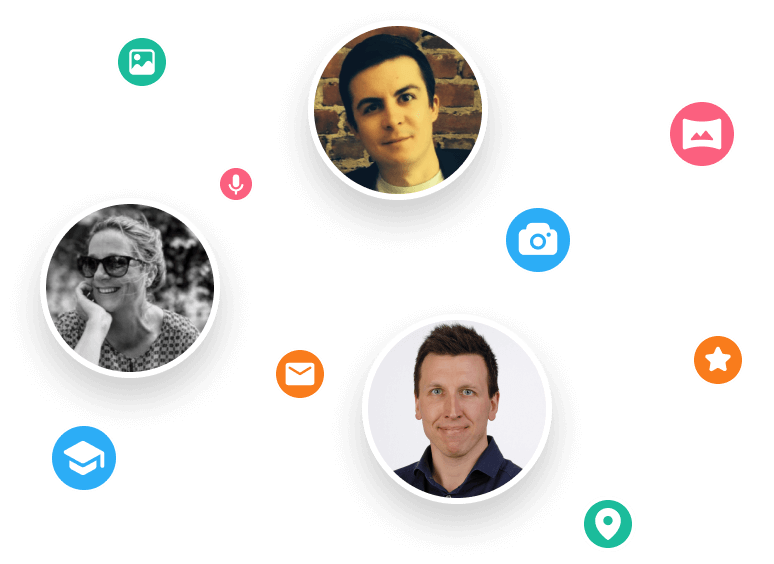
How Healthcare and Logistics Virtual Learning Environments Motivate Students in Raseko, Finland
In the fields of health care and logistics, hands-on experience is the key. During the COVID-19 pandemic, the teachers of Raseko in Finland created virtual learning environments with ThingLink. Students could practice, for example, changing sheets in a hospital and driving a forklift virtually. Students can learn the basic skills from home and are then more prepared to move on to contact teaching.
Getting to know the skills in distance learning
Raseko, or the Raisio Region Education Consortium, operates in Southwest Finland and offers undergraduate, vocational and specialist vocational qualifications as well as additional training. In total, Raseko offers 52 different degrees, including undergraduate degrees in practical nursing, logistics and the metal industry.
With the transition to distance education, Riikka Eronen, a nursing lecturer working on Raisio’s campus in Southwest Finland, decided to create interactive learning materials with ThingLink together with her colleagues Anna Valtanen and Jonna Maier. Riikka says that in the social and health sector, especially asepsis, ie the prevention of infections, needed new digital learning materials, which is why the team focused on this topic.
Book a free consultation
If you’d like to learn more about how your organization can save resources and effectively support employees or students with impactful training, schedule a free call with one of our transformation consultants.
Markus Mansikka, a lecturer in the fields of metal and logistics, wanted to create a virtual material package for students, which would allow them to get acquainted with the basics of driving a forklift even during distance learning. Markus, who was the main user of ThingLink at Raseko, also introduced teachers from other fields to creating interactive content.
Learning environment for practical nurses
Dreaming of an escape room game
Riikka, Anna and Jonna got excited about the opportunities offered by interactive learning materials when Markus, the main user of ThingLink in Raseko, introduced the platform’s activities to Social Services and Health Care teachers. A dream arose to create a light and fast-paced aseptic-themed escape room game where students could accumulate their knowledge and practice nursing in the world of fast-paced game in the right contexts, solving the challenges of nursing. The dream was also to utilize VR in an escape room game so that the learner doing the tasks could progress in the nursing tasks in a logical order, collecting items with controllers while the rest of the group could follow and encourage, watching events on a big screen.
The team has started to realize the dream by creating a rich material bank in ThingLink with videos, embedded games and info tags. The escape room game will be built gradually on the basis of this material bank. ThingLink has been easy to use, which has encouraged experimentation with different solutions. Riikka states that, fortunately, there are so many options and great potential in distance and digital learning today that teaching can be well carried out even during the pandemic.
Material package to support distance learning
Riikka, Anna and Jonna created the majority of the teaching materials for practical nursing students themselves, including pictures and videos. Communications specialist provided support for making videos and subtitles to make the videos as accessible as possible. The learning materials also include the aspect of language learning: activities in both Finnish and Swedish are tagged next to the topic at hand, in the right context. Clarity of expression and linguistic accessibility, for example through subtitles, is also important because many students do not have Finnish or Swedish as their mother tongue and they learn these languages as part of their studies.
The learning environment includes, among other things, instructional videos on changing sheets in hospitals, peeks into storage rooms and opportunities to find out in advance how goods are placed on different shelves and what is stored in different spaces. Embedded mini games are also used in both Finnish and Swedish, which has encouraged students to test their skills in the right context in both languages.
Experiences and feedback
The learning environment currently operates as a material bank, the contents of which are utilized by various teachers as part of the Raseko courses. The team has received feedback especially from former students in the field who are already in working life, and who know both the skills needs of practical work and the everyday life of the studies. Indeed, previous students have found the material a useful and great help for future students.
The opportunity to return to watching, for example, instructional videos at a time that suits you best is appreciated, and the embedded games in particular are gaining popularity. Users also emphasize the enormous potential that the learning environment brings: different content creators can add materials, tasks and embedded games indefinitely, and the team can update the contents as needed. The material bank also serves as a good basis for the escape room game in the future.
Next steps
In the future, Riikka, Anna and Jonna plan to continue building an escape room game based on the learning material package. It’s a joy to work in a good team. In addition, they have dreams of creating materials related to first aid and home care. In the future, using VR as part of escape room games would also be great – especially solutions where the rest of the group could follow the player’s progress on a big screen and the group could discuss about the working life situations that are practised during the game.
The logistics learning environment
Virtual guidance
Driving a forklift is a practical skill which you learn best by doing. The key is hands-on, side-by-side guidance. The pandemic and the transition to distance learning then naturally brought challenges to the logistics teaching. Markus Mansikka, who works as a logistics teacher, decided to use ThingLink to create learning materials that would introduce the skills of a forklift driver. The goal was to create virtual, interactive learning materials so that students could learn the basics of driving already in distance learning and know the basics at a time when contact teaching would again be possible and they could actually get on the forklift.
360 images, videos, and Microsoft Forms activities
Markus created the study material partly by using ready-made forklift demonstration videos and free, available pictures as well as links to more information. He shot some of the videos with Raseko’s 360 camera and SLR camera and then edited the videos. Markus also decided to try the Microsoft Forms forms embedded in ThingLink as student assignments and was pleased with their ease of use. When a student returns a form in ThingLink, the teacher who created the survey will be able to evaluate the answers and the skills the student has achieved.

Students become familiar with different forklift models and complete embedded Microsoft Forms surveys.
Markus also used conditional transitions, in which the student answers a question about a theme before moving on to the next section. He was also pleased with ThingLink’s new Canva integration, which makes designing background pictures and adding texts and graphics easier for example with different templates. He plans to take advantage of the feature to create background pictures in future projects.

In conditional transitions, students answer a question before transitioning to in-depth knowledge.
Feedback
The forklift driver training material package has been in use by Raseko’s students for a few months now and has also been distributed to the Specia and Luovi schools. So far, the feedback has been positive and users satisfied. They have also appreciated the Microsoft Forms assignments included in the learning material, which have helped students reflect on key themes, solve practical cases, and justify their decisions. Students with special needs have also found the materials functional and clear, which has been gratifying in terms of accessibility.
Next steps
Next, Markus wants to create similar ThingLink learning environments which could be used in other parts of the degree programme. In particular, 360 images of warehouses and demonstrations of how e.g. stocking shelves and collecting products is done would help students see the practical operation in workplaces. Indeed, Markus hopes to be able to do filming on the premises of local companies so that students can practice their skills in a real context.
Get in touch!
Any questions?
If you’d like to know more about how to create interactive training and learning for your organization, book a free discovery call with one of our transformation consultants.
As well as contacting us if you have any questions, please join our communities and connect with ThingLink Educators. We are incredibly proud of our groups, how they embrace ideas and share, they will only be too pleased to welcome you.
Facebook ThingLink Education | Finland | Italia | Espana | Israel | India
Twitter ThingLink | ThingLink Education

